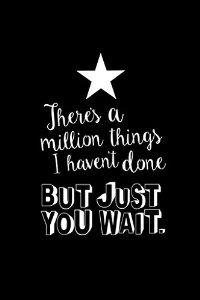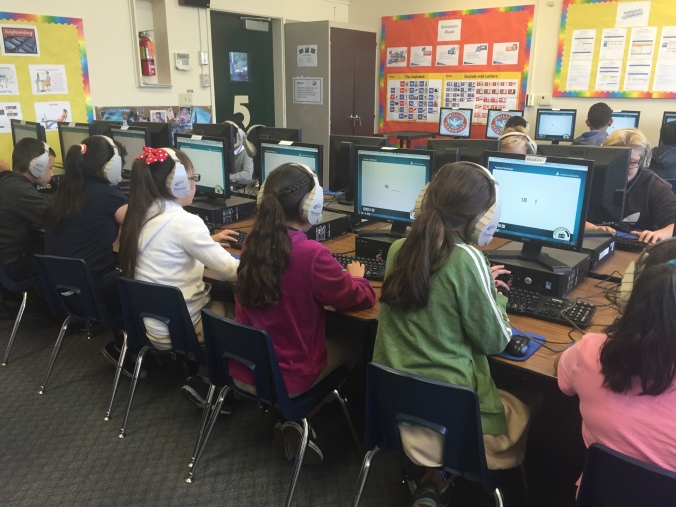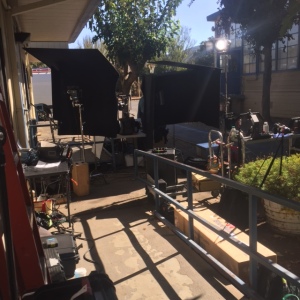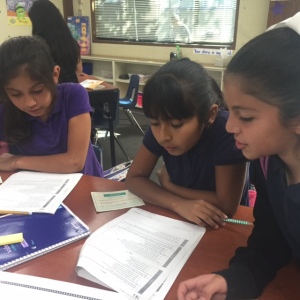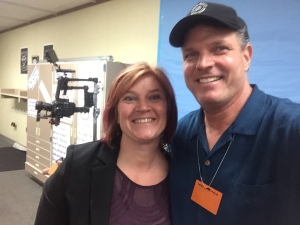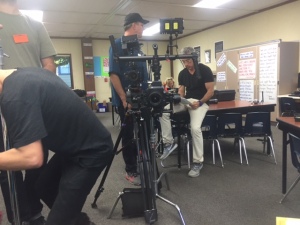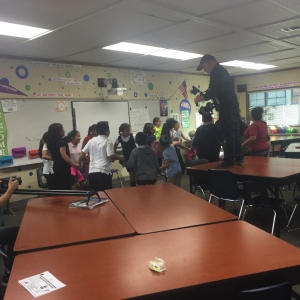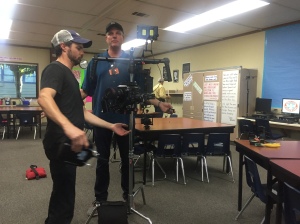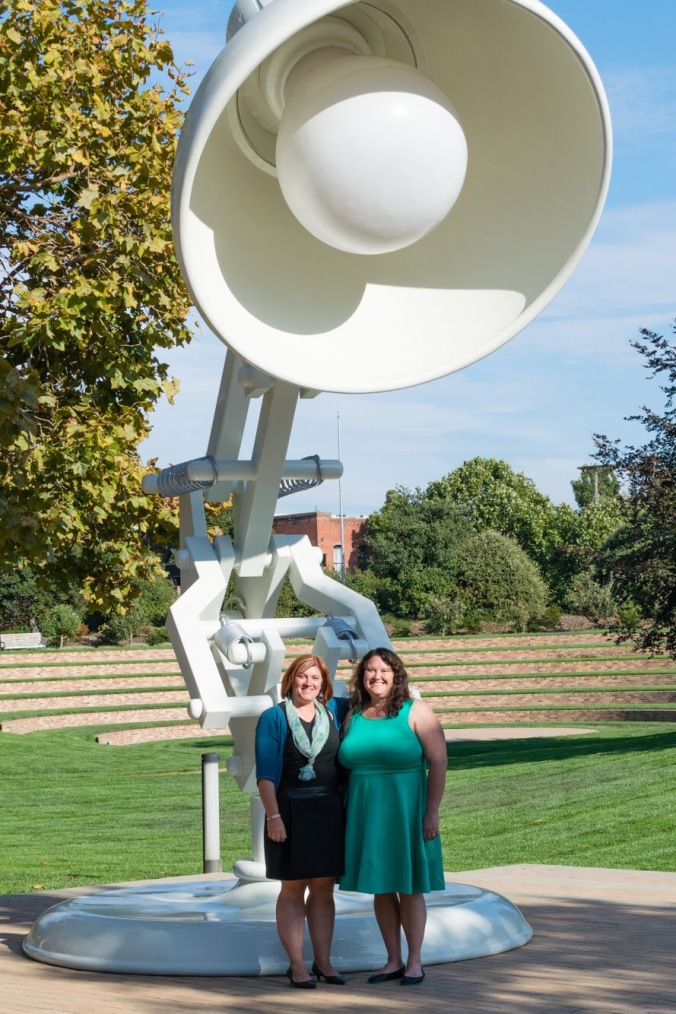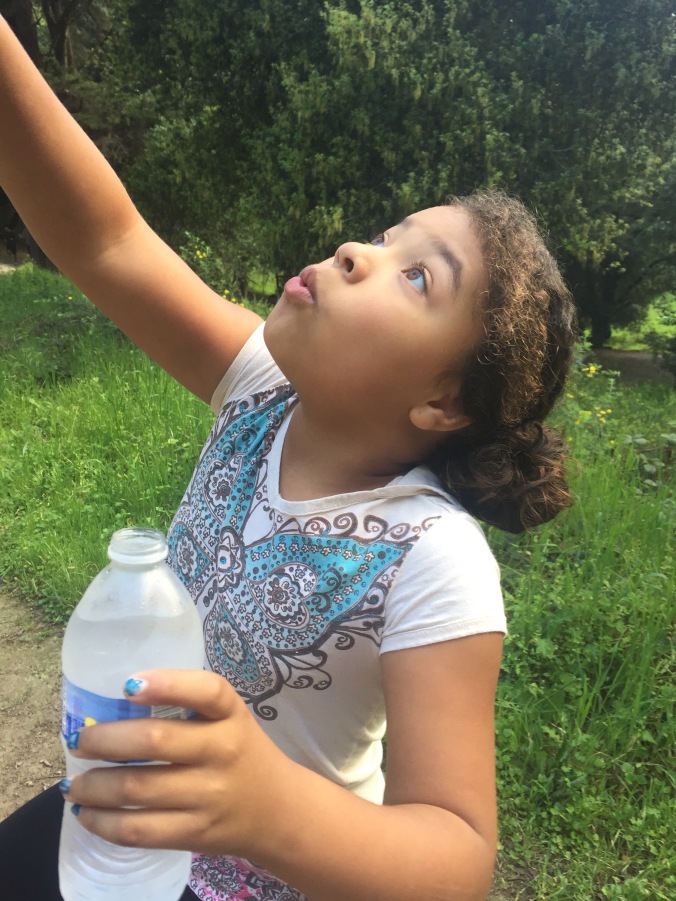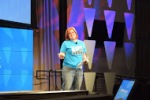“Why do you write like you’re running out of time?” Lin-Manuel Miranda
I got a request the other day from someone I had never met who politely wanted to know the end to the story I told in my earlier blog “Rise”. It was pointed out to me that I never really told what happened after. I am well aware of this, and it has bothered me. It’s been my last thought as I drift to sleep and is often the first thing I think of as I rise. It’s not that I didn’t want to tell it, or that I lost interest or that things turned badly. It is more that I am not sure how to express all that has happened, or even if you’ll believe me.
Nearly 365 days have passed since I posted that blog about my tiny school’s fight to shine and do well at last year’s Khan Academy’s Learn Storm math challenge. We will be headed back to finals in a few weeks after this year’s challenge. We once again determined to do well — to defend our honor and prove that our being at that event wasn’t a fluke. We performed well putting in 1,000s of hours on the computer. We actually calculated it out — and if you added up the time each of my students spent working on math during this year’s challenge it comes out to 115 days! 115 days of math!
I, myself, finally polished off all of K-6th grade math, and am 98% of the way through both 7th and 8th grade. I’ve finished off basic geometry and pre algebra and am not slogging my way through the math that I never understood the first time I took it decades ago. I am determined STILL to make it all the way through to the end.
But, of course, none of that is the after story you really want to know — what about those kids? What about those kids who’d never crossed a bridge, or driven far away or seen a company like google?
Everything has changed.
They understand the world is larger than they can possible imagine. They understand that working hard in school and unlocks doors. They understand that their thoughts and ideas and dreams matter.
I stood in front of my classes in late September this year and reminded them of what I had been telling them over and over, “Grit pays off. If you work hard everyday, the world around you will notice. You will not only get stronger and smarter but you will stand out.” They nodded their heads and sighed — they’d heard this story before, but then I told them the secret that I had carried with me since late June that their grit had paid off — that someone had noticed them.
We’ve spent the bulk of the school year being filmed by a major movie studio (think dinosaurs) for an upcoming documentary. They contacted me after a conversation with some of my good friends at Khan Academy. They asked Khan Academy, “Do you know of anyone who is using technology in innovative ways?” And so they contacted us.
It has been the craziest year of my life. We’ve had invitations to Google I/O. We got to attend an event at Pixar Studios. I was able to take some of my student to STEM events – further exposing them to a world they have never dreamed of. At one point, my principal looked at me and said, “Does this always happen to you?”
No. This is without a doubt the wildest year of my life.
I’ve spent the school year pushing my students to think of a real innovation that can improve their own community — something that is new and helpful and makes a difference.
I put my students in the driver’s seat.
It has been the most amazing thing I’ve ever done. Kids whose own parents never finished middle school are saying words like, “Harvard, Berkeley, and Davis.” They want their own piece of that world. They are no longer satisfied to be shut off from the larger world.
The result has been a whole lot of work for me — I’m not gonna lie. Real learning – really growth is exhausting. I’ve stayed late so many days so they can work on a project. I’ve been to meetings during my lunch, and shown up early so someone can get on a computer.
Trying to navigate the classroom with four cameras is hard work. I used to hear actors talk about their long grueling days and think, “Try teaching!” Well, I’m here to tell you, being on camera is no joke!
I love my students. They are so bright and beautiful and capable of the most amazing things. The best part of this year has been watching a group of students share their project idea with “outsiders”. You cannot begin to understand the power of a group of adults leaning in and listening as a group of fifth grade girls try to pitch their idea. There is unspeakable power in being heard.
Now it is late April, nearly May. In June this legendary year will draw to a close and the film will wrap, and we will go back to our “normal” lives, but I don’t know we will ever be the same. We have been transformed by an idea that has grown and blossomed not just on our campus, but somewhere deep in our hearts. It is the idea that every single child matters and that every voice must be heard. My students learned to create and stand up for their ideas – they learned to make prototypes and code. Two fifth grade girls and I tried to stumble our way through learning how to wire frame. We worked on java script and SQL and HTML/CSS. I spent my evenings in front of the computer trying to learn the next step so my students could truly create their ideas. We learned that we are stronger when we work together, and that the world is full of things we haven’t learned, yet.
But we will, someday. You give us a computer, a calculator, some graph paper, a pile of pencils, and strong cup of coffee for our teacher — and we will figure it out. Just you wait.
